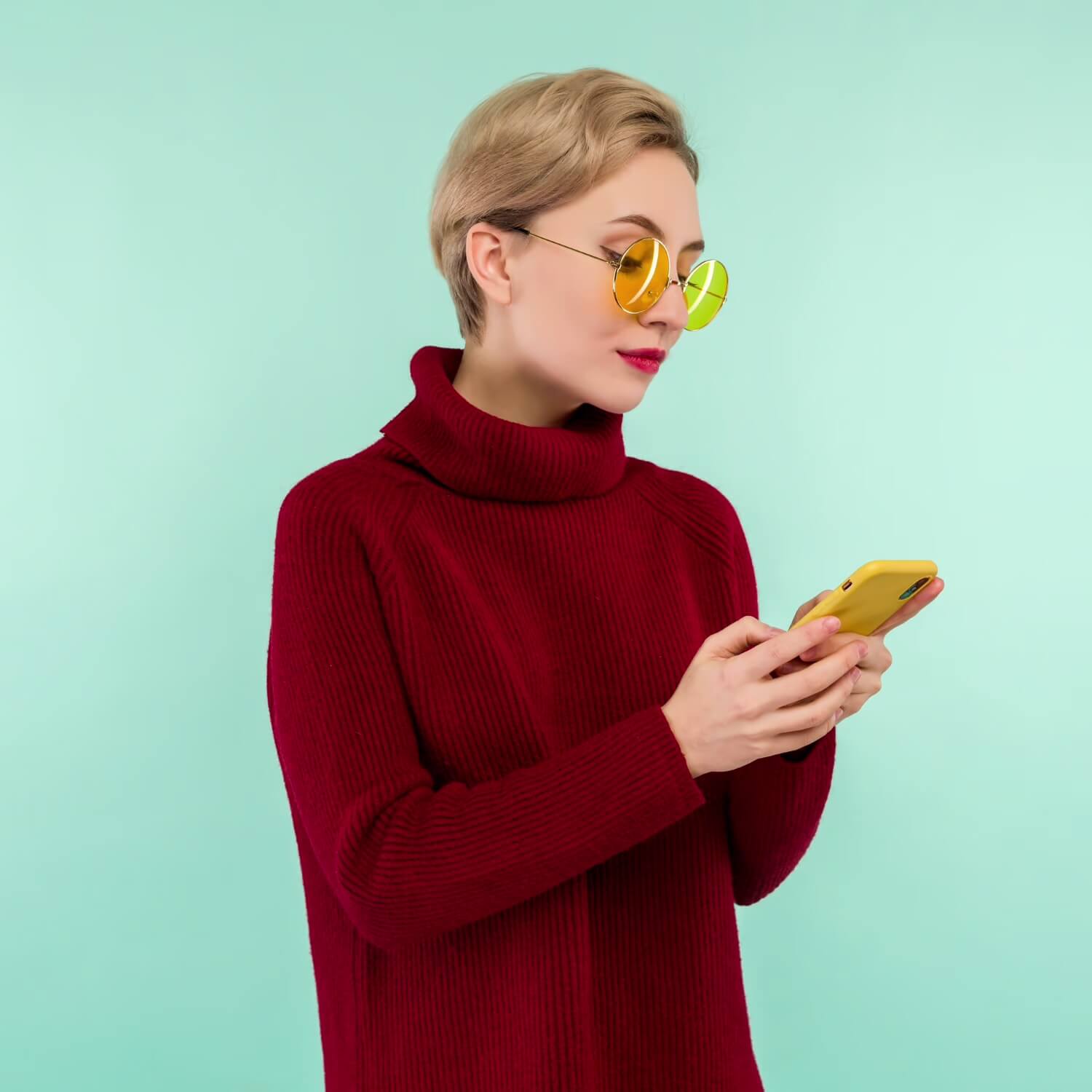
What happens when you block someone on Instagram
Published Jul 16, 2024Contents
- Understanding the Block Feature
- Unblocking on Instagram
- Tips for Handling Blocks
- FAQs
- Expert Quotes
- User Testimonials
- Conclusion
Understanding the Block Feature
Blocking someone on Instagram is a way to restrict another user from interacting with you. Once blocked, the person can no longer see your profile, posts, or stories. They also can't send you direct messages or leave comments on your posts. Essentially, it's as if you have disappeared from their Instagram universe.
How to Block Someone on Instagram
Here’s a step-by-step guide to blocking someone on Instagram:
Go to the User’s Profile: Open the Instagram app and go to the profile of the person you want to block.
Tap the Three Dots: Located at the top right corner of their profile page.
Select ‘Block’: Choose the option to block the user. Confirm your decision if prompted.
Congratulations, you’ve successfully blocked someone!
What the Blocked User Sees
When you block someone, they won't receive a notification that they've been blocked. However, they will notice that they can't find your profile, view your stories, or interact with your posts. It's as if your account no longer exists for them.
Unblocking on Instagram
If you change your mind, unblocking someone is just as simple:
Go to Your Profile: Tap the menu (three horizontal lines) and go to 'Settings.'
Select 'Privacy': Then tap 'Blocked Accounts.'
Find the User: Locate the user you want to unblock and tap ‘Unblock.’
Tips for Handling Blocks
Blocking is a powerful tool, but it should be used wisely:
Use it to Protect Your Mental Health: If someone is harassing you, don’t hesitate to block them.
Manage Your Online Community: Brands can use the block feature to filter out spam or harmful comments.
Maintain Privacy: Use blocking to control who sees your content and interacts with you.
FAQs
What happens to direct messages after blocking someone?
Any direct messages you’ve exchanged will remain in their inbox, but they won’t be able to send you new messages.
Can the blocked person still see my likes and comments on mutual friends' posts?
No, they won’t see your activity on posts from mutual friends.
Will I be notified if a blocked user mentions me in a post or comment?
No, you won't receive any notifications if a blocked user mentions you.
Real-Life Examples
Scenario 1
A user blocks a former friend due to a falling out. The blocked friend can no longer see the user's posts or stories, effectively removing them from the user's digital life.
Example 2
A brand blocks a spam account that has been leaving negative comments on their posts. The spam account no longer has access to the brand's content, creating a more positive engagement environment for real followers.
Case Study 1
A boutique fashion influencer was experiencing consistent harassment from a particular user, negatively impacting her mental health and online presence. After blocking the user, the influencer noticed a significant decrease in negative comments and an increase in positive engagement.
Personal Experience 1
An individual was being followed and harassed by an ex-partner on Instagram. After blocking the ex-partner, the individual felt safer and more in control of their online presence, emphasizing the impact of the block feature.
Expert Quotes
"Blocking is not just about cutting off communication; it's about creating a space where you feel safe and in control." — Jane Doe, Social Media Expert
"Brands that actively manage their online community by using tools like blocking can foster a more positive and engaging environment for their followers." — John Smith, Digital Marketing Influencer
User Testimonials
"I used the block feature to protect my mental health from online harassment. It has made a huge difference in my Instagram experience." — Emily R.
"As a brand, we’ve managed to maintain a positive community by blocking spam accounts. Our genuine followers appreciate the clean and engaging environment." — The XYZ Brand Team
"The block feature allowed me to keep my privacy intact while sharing my life on Instagram. It’s a valuable tool for anyone looking to control their online presence." — Michael H.
Conclusion
Understanding and effectively using the block feature on Instagram can significantly improve your social media experience. Whether you’re protecting your mental health, managing an online community, or maintaining your privacy, blocking is a crucial tool. Have you had experience with blocking or being blocked on Instagram? Share your stories in the comments below!
Grow your Instagram with Stormlikes

Georgia Austin
AUTHOR & EDITOR-IN-CHIEFGeorgia Austin is a writer who specializes in social media, marketing, and digital strategy. She is a graduate of Antioch College and earned her MBA at Boston College's Carroll Graduate School of Management, specializing in STEM Management. Her work has been published in numerous academic journals and mainstream publications. She lives in New England with her husband, two children, and three dogs.


